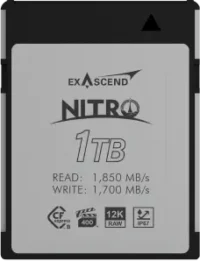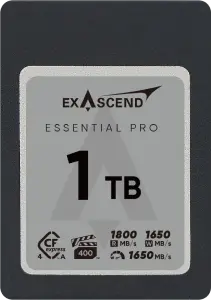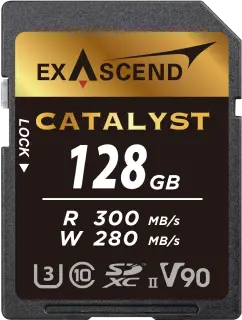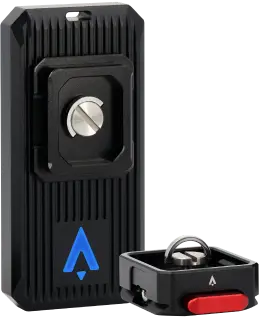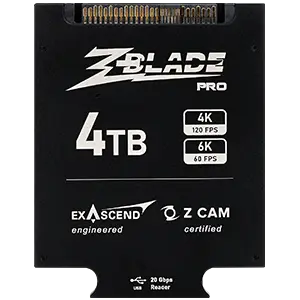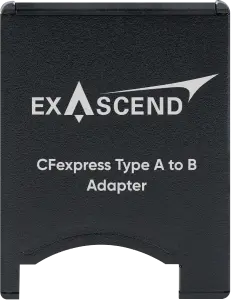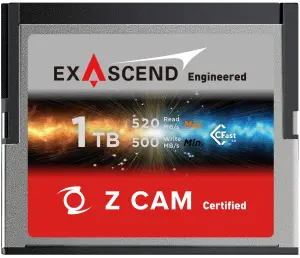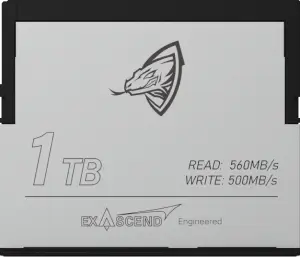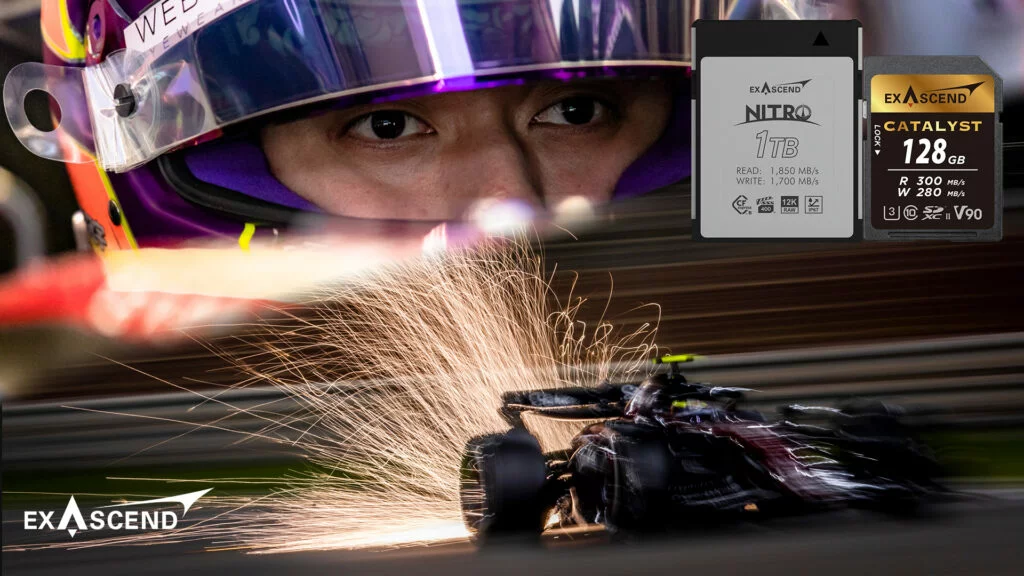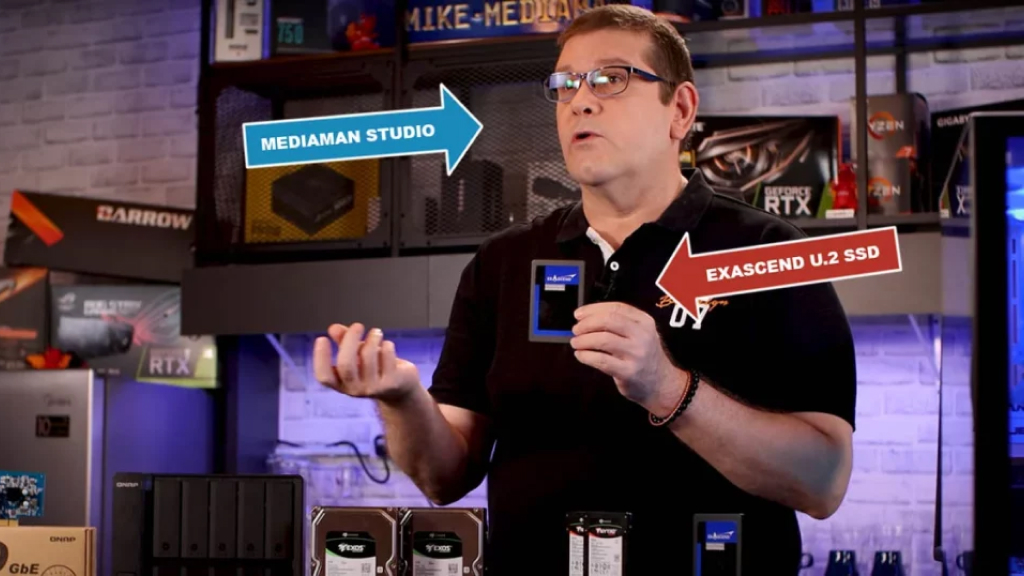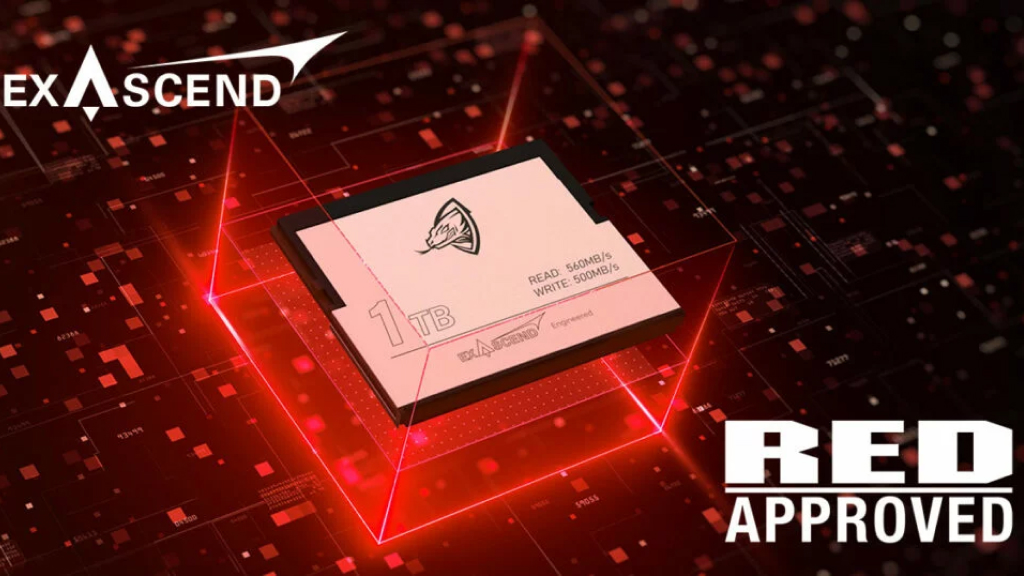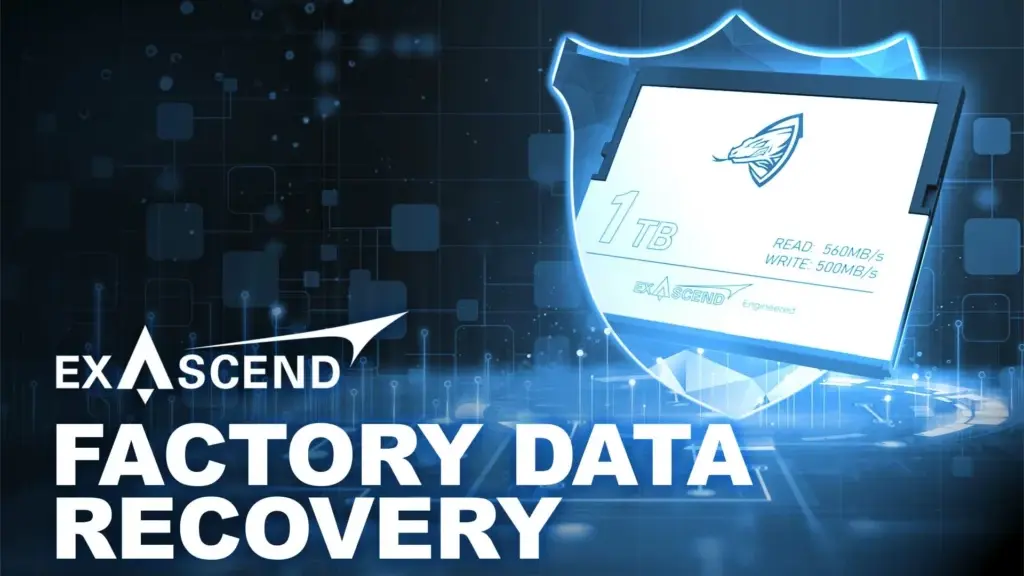Exascend memory cards have been used to document some of the world’s most prestigious races, such as the Formula One Grand Prix and Sepang 12 Hours. In this article, three sports photographers share their experiences with Exascend, along with advice on what to look for in a memory card. Without further ado, let’s dive in.
Photographer #1: Thomas Lam
Camera gear: Canon R3
Exascend products used: Nitro CFexpress Type B card (512 GB), Explorer Portable SSD (2 TB)
Thomas has been photographing car races in Macau for over twenty years. “With the transition from film to the digital age, photographic equipment has developed drastically, and memory cards are the biggest change,” said Thomas. “In my opinion, memory cards are to race photographers what tires are to racing drivers. From the outside, they all look the same without the brand label. Only real-life tests can reveal the difference in performance. Moreover, racing photographers’ requirements for memory cards are the same as drivers’ expectations for tires – speed, reliability, stability, and durability.”
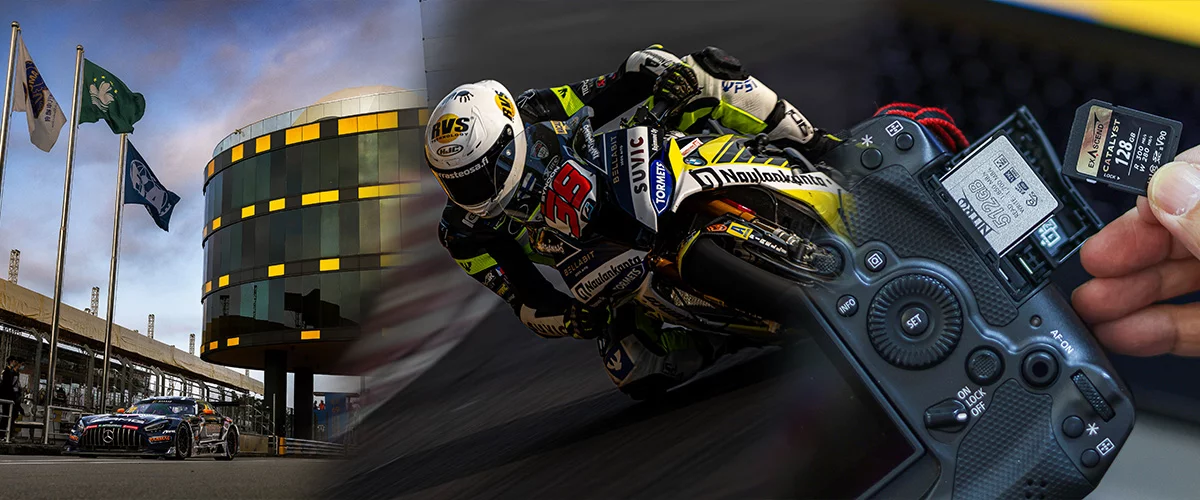
“Racing activities are back to normal this year after the epidemic subsided. During the past few months, I have photographed a few international races, usually under hot and rainy conditions. Not the friendliest environment for shooting.”
“In the sun, even the casing gets hot, and sudden rainstorms can ruin the machine. The memory card must be durable, waterproof, dustproof, and have high cooling efficiency in addition to its large capacity and fast speed. With the Exascend Nitro CFexpress memory card, all those worries are put to rest.”
“Exascend may not be a household name, but their products offer great specifications, especially the Nitro series CFexpress cards, which are suitable for Canon EOS R3 cameras and high-speed continuous recording. Despite its high speed, the product only generates a reasonable amount of heat, so the card never really gets too hot.”
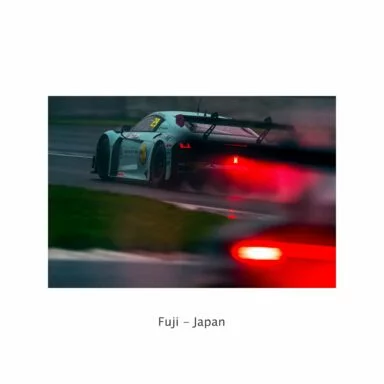
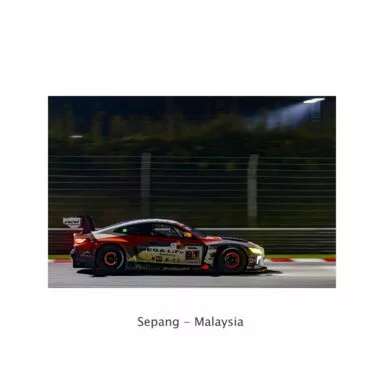

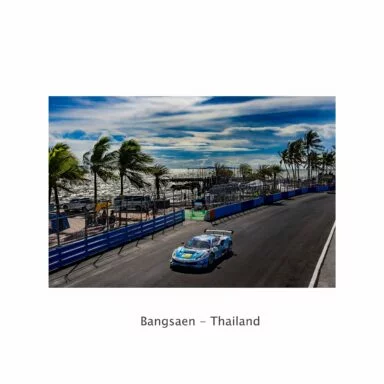
“Following each shooting session, I will copy the entire file folder to the Exascend 2 TB Explorer Portable SSD from my Apple laptop using the Thunderbolt 4 cable. Copying 40 GB of files only takes less than three minutes, and I’m ready to edit. I store both the edited JPG files and the original RAW files on the portable SSD. When I get home from work, I can backup directly to the NAS system, format my memory card, and get right to work preparing for the next shoot. This workflow was very efficient, and I never encountered any issues.”
“After a weekend of shooting, the Nitro CFexpress card was close to full, but its access speed and stability were unaffected, which makes me very confident in its quality.” Thomas said he’ll continue to use Exascend with his Canon camera in the future, “I’m sure it’ll be a great workmate to the EOS R3.”
Photographer #2: Cherry Fan
Camera gear: Canon R3/R5, Sony a9
Exascend products used: Nitro CFexpress Type B card (1 TB), Essential CFexpress Type B card (512 GB), Catalyst SD V60 SD (256 GB), Explorer Portable SSD (2 TB), 10 Gbps CFexpress Type B / SD reader
Cherry began photographing racing cars in 2011, switched over to F1 photography in 2017, and became the first Chinese female photographer to obtain an F1 Permanent Media Pass in 2020. From a car enthusiast to a professional F1 photographer, Cherry has successfully integrated her love of the sport into her career.
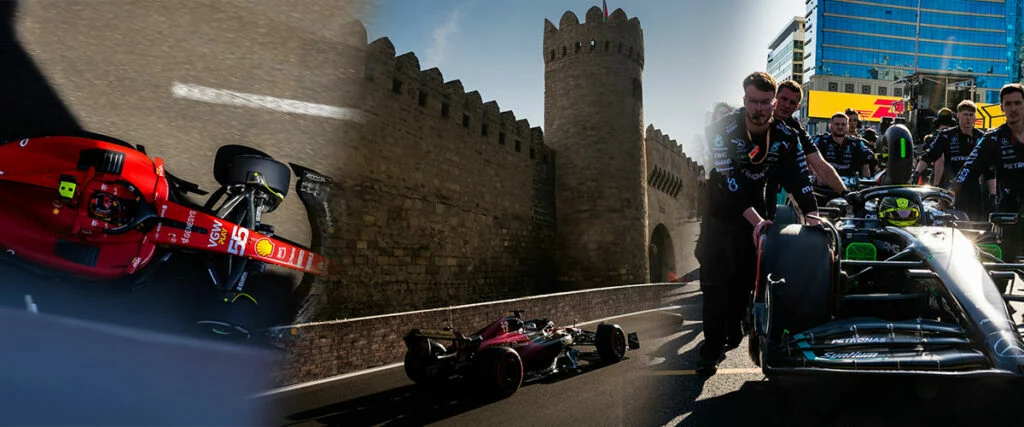
Exascend was pleased to sponsor Cherry with our Nitro/Essential CFexpress and Catalyst SD cards, which she used to photograph the Azerbaijan Grand Prix 2023. Cherry also offloaded media using Exascend’s dual-slot reader and backed it up with our 20 Gbps Explorer Portable SSD.
According to Cherry, an F1 photographer or videographer typically shoots 400–600GB over a race weekend. Exascend CFexpress Type B cards offer stable performance coupled with unique patented technologies to minimize frame loss risk. “When used with the Canon EOS R5 and Exascend’s dedicated card reader, the Exascend CFexpress card delivers smooth performance with no overheating whatsoever,” said a photographer on Cherry’s team.
In addition to stable read and write speeds, post-sales support is a consideration for photographers when choosing storage media. “Exascend develops all firmware, hardware, and software for its products, which are designed using advanced storage technologies. This is why the company can offer deep-level factory data recovery services for accidental data losses,” said Cherry.
Photographer #3: Ke Yi Gong
Camera gear: Canon R3/R5/1DX3Exascend products used: Nitro CFexpress Type B card (1 TB), Essential CFexpress Type B card (1 TB), Catalyst SD V90 SD (128 GB), Explorer Portable SSD (2 TB), 10 Gbps CFexpress Type B / SD reader
Yi Gong has covered many F1 races over the years. “I’d worked for years with my 20 million-pixel Canon 1DXII, and I shot with this camera in RAW and JPG at 16 frames per second,” he wrote. “I switched from Canon 1DXII to Canon EOS R3 and R5 this year to cover the Bahrain Grand Prix. One thing I’d noticed about these cameras is that, not only have the pixel count improved significantly, but the burst-mode shutter speed as well.”
“With the 24-megapixel R3, you can shoot up to 30fps continuously,” said Yi Gong. “While the R5 has an electronic shutter that only works at 20fps, it has 45 million pixels. The high data rate really puts the memory card’s read/write capabilities to the test.”
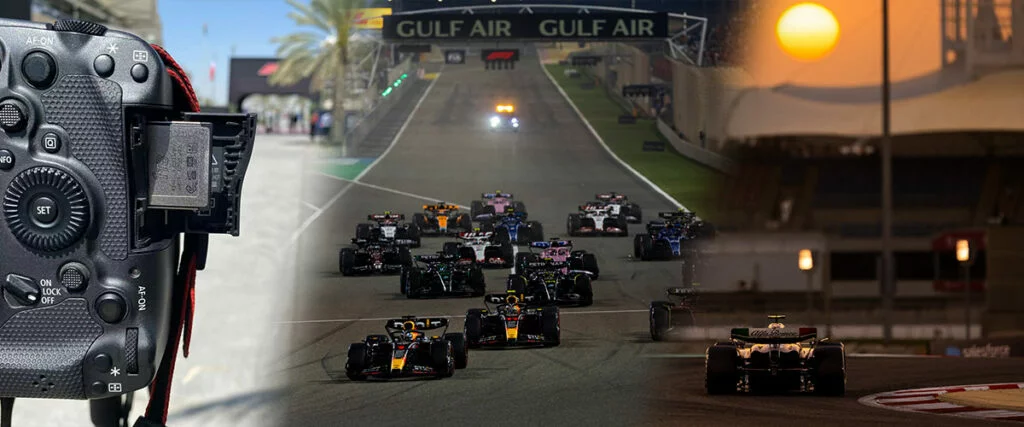
Backup is also a key consideration. “Every race weekend, I take nearly 15,000 shots, which requires more than 300 GB of storage space. Finding a way to store and back up these photos can be a challenge.”
Exascend Nitro CFexpress for Canon EOS R3
“This season, Exascend sponsored me with two CFexpress Type B cards and two SD cards for backing up small-format JPG files with their dual-slot CFexpress/SD reader. They also offered me a 2 TB Portable SSD as a final backup medium.”
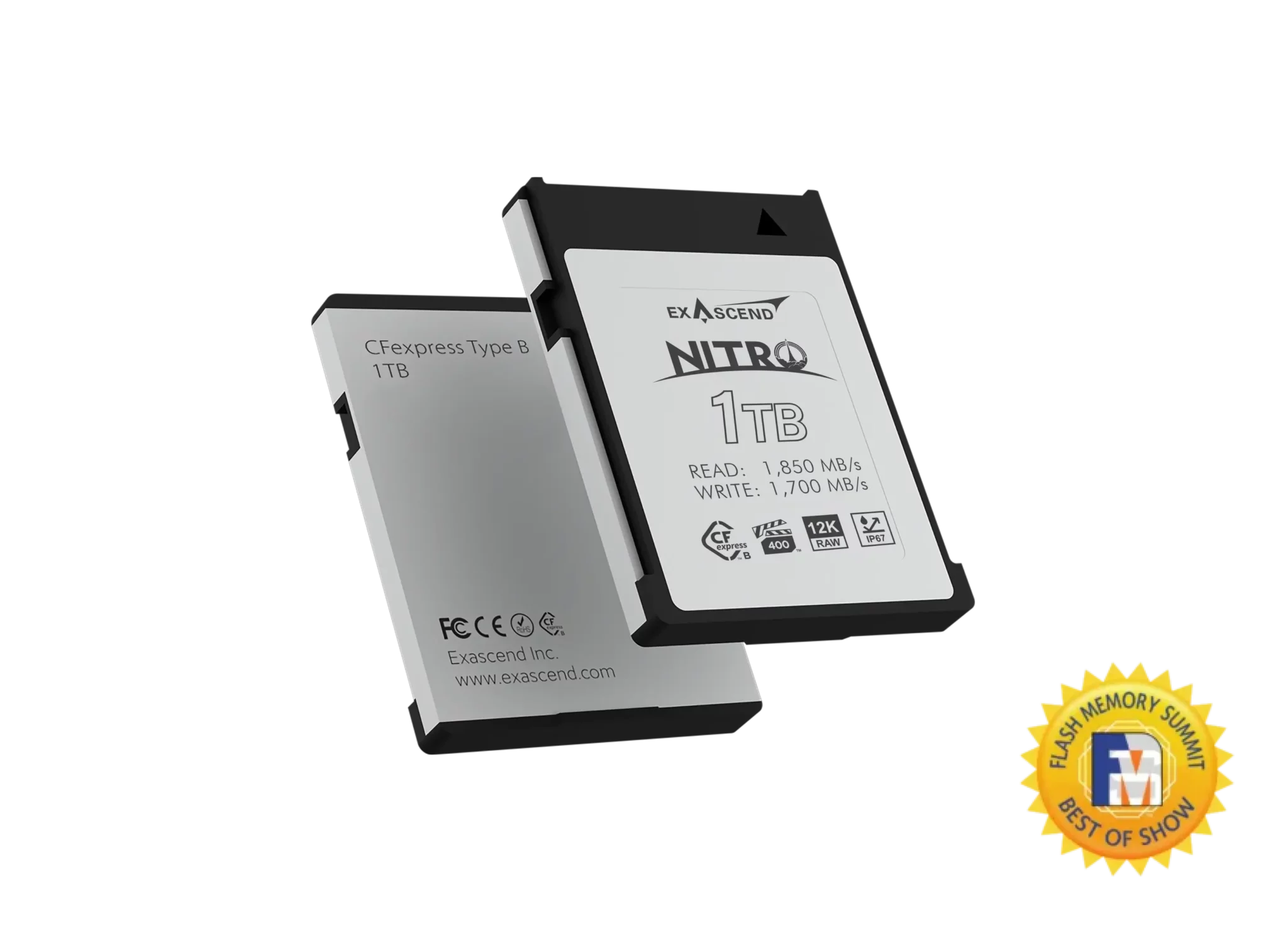
The Canon EOS R3 is equipped with a CFexpress Type B slot and an SD slot. Yi Gong paired the R3 with a Nitro card in 1 TB. “It is Exascend’s flagship CFexpress line. Nitro is VPG400-certified, featuring 1,850 MB/s read, 1,700 MB/s write, and 1,700 MB/s continuous write speeds, plus an IP67 waterproof rating.”
Exascend Essential CFexpress Type B for Canon EOS R5

“For the EOS R5, I went with the Essential CFexpress Type B card. Essential is more affordable than Nitro, with a maximum read speed of 1800Mb/s and write speed of 1,700 MB/s, and the continuous write speed is 1,400 MB/s. Even for shooting 8K RAW, that’s more than enough. The two SD cards used for backup small format JPGs have a read speed of 300 MB/s, so I can easily send photos to the background for use if they do not need to be edited and need to be released right away.”
Under Bahrain’s scorching temperature, Exascend’s four memory cards demonstrated low power consumption, low heat generation, high capacity, and high stability. “Despite taking photos non-stop, the camera has never suffered from a freeze or read/write error. I can press the shutter as much as I like without worrying about the storage limit, as the card can store data for 4–5 consecutive days of shooting,” said Yi Gong. “Offloading data with the card reader is also very fast. All it take is a water break.”
“I back up data to the 2 TB Portable SSD every day. With a max write and read speed of 2,000 MB/s, hundreds of gigabytes of footage can be transferred in minutes.”
The Takeaway
Sports and car race photographers typically face the following challenges:
- Challenge #1: Burst-mode photography and long shoot days
When capturing rapidly moving subjects, slow write speeds can lead to dismal or even disastrous results, including missed moments, dropped frames, and a sub-par user experience. - Challenge #2: Tough weather conditions
Sports photographers are often faced with unpredictable weather conditions such as heat, humidity, moisture, extreme cold, and others. Memory cards must be rugged enough to handle these situations. - Challenge #3: Card overheating due to high bitrates and power consumption
Shooting at 4K, 8K, or slow motion can lead to overheating or thermal throttling. A good balance between performance and cooling is ideal. Similarly, photographers will need low-power solutions if they are out in the field where charging is unlikely. - Challenge #4: Being low on storage space
Memory cards run out of space quickly when shooting at high bitrates and frame rates. The larger the capacity of the card, the better. - Challenge #5: Backups, backups, backups
Backing up is always a good idea even with large-capacity cards. Often, events span multiple days, and laptops often come with limited RAM or internal memory, so it’s best to take backups at the end of each day. A fast reader and capacious backup storage device are essential for offloading RAW files quickly.
Exascend’s professional memory cards, portable SSDs, and card readers can perfectly address these challenges, offering:
- Sustained write performance of up to 1,700 MB/s
- High capacity of up to 2 TB for CFexpress; up to 512 GB for SD
- Ultra-thin graphene heat spreaders for thermal efficiency (Nitro CFexpress)
- Readers with 20 Gbps or 10 Gbps transfer rates
Keep up with latest cinema storage news
Join thousands of photographers who receive our regularly published newsletter.
Or find us on social media
・July 25, 2023
